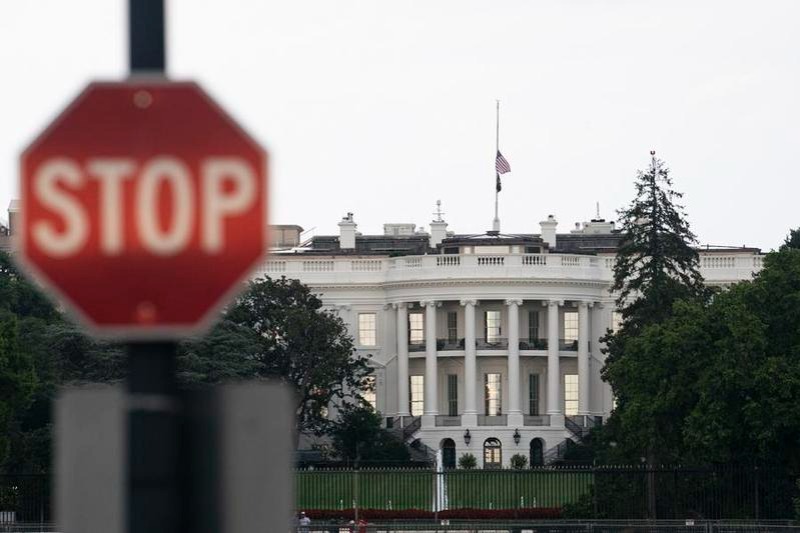Springboard of confidence
Improved governance will ensure 'hard bones' of reform are cracked on time


The overarching theme of the third plenary session of the 20th Central Committee of the Communist Party of China was comprehensively deepening reforms. The key signal from the meeting is that the Party is now ready to get down to cracking the hard bones and plumbing the deep waters of structural reforms that have been addressed to date through piecemeal efforts. These "hard bones" include structural reforms related to the property market, local debt, and the challenges facing small and medium-sized financial institutions, which have been rightly recognized as problems that must be faced to support national security and stability needs. Another key area requiring structural reform noted in the communique is finding the right mix of policies so that State-owned enterprises and private enterprises can complement each other with their relative strengths without competing with each other for finance, talent and profits.
While the communique offers broad insights and directions that touch on nearly every facet of China's political economy and national well-being, there are five that deserve close attention. First, the dialectical relationship of reform with opening-up has now been inverted in some respects. When reform and opening-up began decades ago, China promoted openness through reform. That is first reforming and improving itself and then welcoming foreign investment and trade. Today, however, China is promoting reform through openness, testing itself in the global economy, facing the growing headwinds, identifying strengths and weaknesses, addressing them, and moving forward.
Second, the communique emphasizes lifting restrictions on the market while still ensuring effective regulation. For some, this will seem like a contradiction; but openly acknowledging and managing this contradiction is the key to understanding China's socialist market economy. Consequently, the market will play the key role, but as China has learned from its own experiences and that of others, it's also vitally necessary to employ effective macro controls to ensure the overall well-being of society, especially in times of crises.
Third, there has long been a debate regarding the fate of SOEs, and for the time being, that debate has been answered. On the one hand, it's well-understood that some SOEs suffer from inefficiencies. On the other hand, during times of adversity, SOEs are a vital source of micro and macroeconomic stability. Furthermore, public ownership remains a cornerstone of socialism with Chinese characteristics.
The communique states two "unwavering principles": First, unwaveringly consolidating and developing the public sector; and second, unwaveringly encouraging, supporting and guiding the development of the private sector. These two different sectors will be encouraged to complement each other, to use their respective strengths to compensate for their respective weaknesses.
Fourth, some economists have stressed that consolidating the post-pandemic economic recovery and moving forward requires demand-side policies, and some have fretted over a lack of these being mentioned in the communique. It's true that the document focuses on supply-side solutions, but there are two points to keep in mind. First, supply-side solutions in China should not be equated with the typical supply-side policies one finds in the West, which tend to focus on tax breaks for wealthy people and corporations with the theory that this will trickle down and improve the overall economy. The second point is that in China's case, where SOEs play such a large role and where government policies will aim to make significant reforms of both SOEs and other structural issues, supply-side reforms are more about getting the economic fundamentals right, so that real and sustainable economic growth can follow, thereby creating more jobs, higher-paying jobs, and therefore increasing consumer confidence and disposable incomes, as well as putting downward pressure on high rates of savings which tend to restrict domestic-led economic growth. In short, one doesn't want to throw good money after bad or simply encourage more savings, nor does one want to encourage unaffordable entitlements or a government bailout mentality, both of which would stymie responsible economic decision-making and lead to mountains of government debt, as has happened in countries such as the United States. That said, the communique makes it clear that the government should ensure economic growth targets are met this year, and one implication here is that might eventually require some demand-side stimulus, which is neither promised nor forbidden.
Fifth, the communique notes a new date, 2029, which corresponds with the 80th anniversary of the founding of the People's Republic of China, which is the deadline for when the reform tasks identified in the communique are expected to be completed. This is in fact an ambitious date, one that will now require annual progress reports from the government. This date is critical because it sets the foundation for the 15th Five-Year Plan (2026-30) and keeps China on track to achieve the goals slated for 2035, which in turn are the necessary stepping stones for realizing the second centenary goal of 2049, on the 100th anniversary of the nation's founding.
A final two points in conclusion, another two "keys" for understanding the communique. One has already been mentioned in part, namely, if you want to understand Chinese development and strategic planning, then you must understand the unique way that Chinese Marxists understand dialectical and historical materialism. We consistently see Chinese policymakers working through differences in order to mitigate their harmful effects or to encourage important synergies. This is the key to understanding the development and reform of China's socialist market economy, to how it develops and expands free trade zones, how it formulates policies such as "one country, two systems", and how it approaches international affairs, to name only a few examples, and it is a key for understanding the reform agenda expressed in this communique as well.
The other is the "spirit" of confidence. Despite the challenges, there is absolute confidence in China's political leadership, in the CPC and in President Xi Jinping. There's absolute confidence in Chinese culture and Chinese Marxism. There's absolute confidence in China's modernization path. There's absolute confidence that reforms can improve governance and address various challenges and effectively exploit and develop new opportunities. There's absolute confidence that China can help foster an ecological civilization at home and abroad. There's absolute confidence that China can help build a shared future for humanity by playing a leading role in building an equitable multilateral system, one that emphasizes common ground while reserving differences, to make possible peace, security and development.

The author is professor of politics and international relations at East China Normal University and a senior research fellow with the Institute for the Development of Socialism with Chinese Characteristics at Southeast University and the Hainan CGE Peace Development Foundation. The author contributed this article to China Watch, a think tank powered by China Daily.
Contact the editor at [email protected].


































